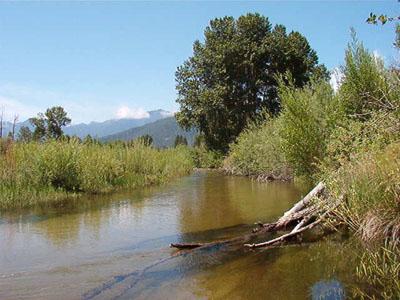
The field of watershed science, and specifically the study of streams, is inherently multidisciplinary, involving a broad array of physical, biological and social sciences. Traditional hierarchical undergraduate and graduate education programs that train students in the fields that support watershed science necessarily emphasize in-depth study within a specific discipline. This focused education is vital to producing professionals with useful technical and analytical skills. However, most students who pursue careers in watershed and stream analysis rarely work solely within their discipline. Rather, their work is inevitably integrated with other professionals addressing related issues with different skill sets. The ability to work closely and collaboratively with professionals from different backgrounds is fundamental to success in the field of watershed science.
This course seeks to introduce advanced undergraduate and graduate students to multidisciplinary collaborative watershed and stream analysis through combined laboratory and field study of a selected stream system. Students from diverse backgrounds will work in cooperative research teams to collect and analyze field data from the Scott River watershed, a tributary to the Klamath River system. more than a century of logging, mining, grazing, hydropower and farm activity in the Klamath River watershed has degraded habitat for a range of anadromous and resident fishes. Restoration of tributaries to the Klamath may contribute to the recovery of these populations. Analysis of the Scott River, a tributary to the Klamath, provides insight into rearing habitat needs for salmonids, particularly the coho salmon, listed as threatened under the Endangered Species Act. Teams will use field data to report upon a key ecological issue within the watershed: what characterizes rearing habitat for juvenile Coho salmon in the Scott River watershed and how can this be applied to on-going restoration strategies? Upon completion of the field study, students will report on their conclusions.
